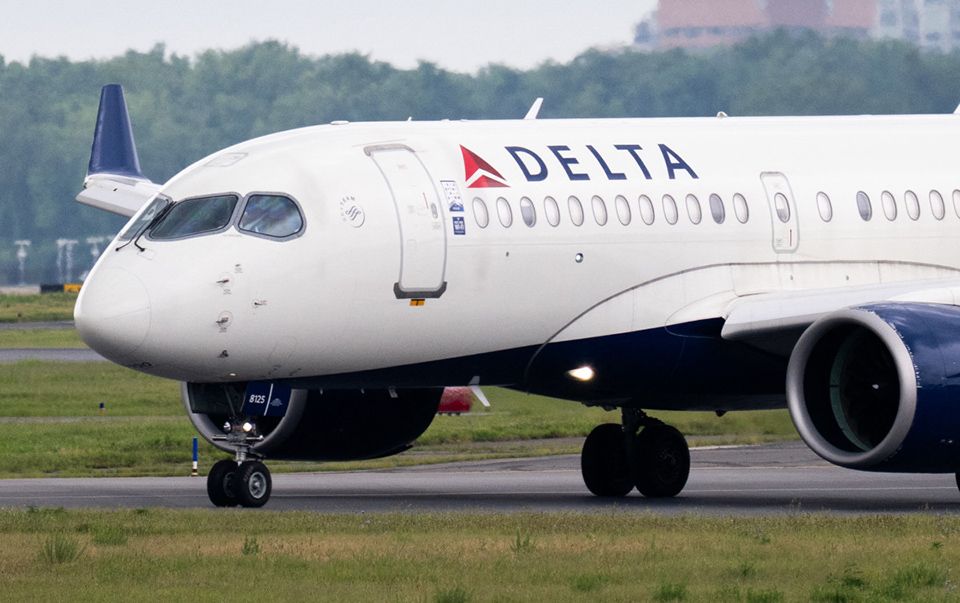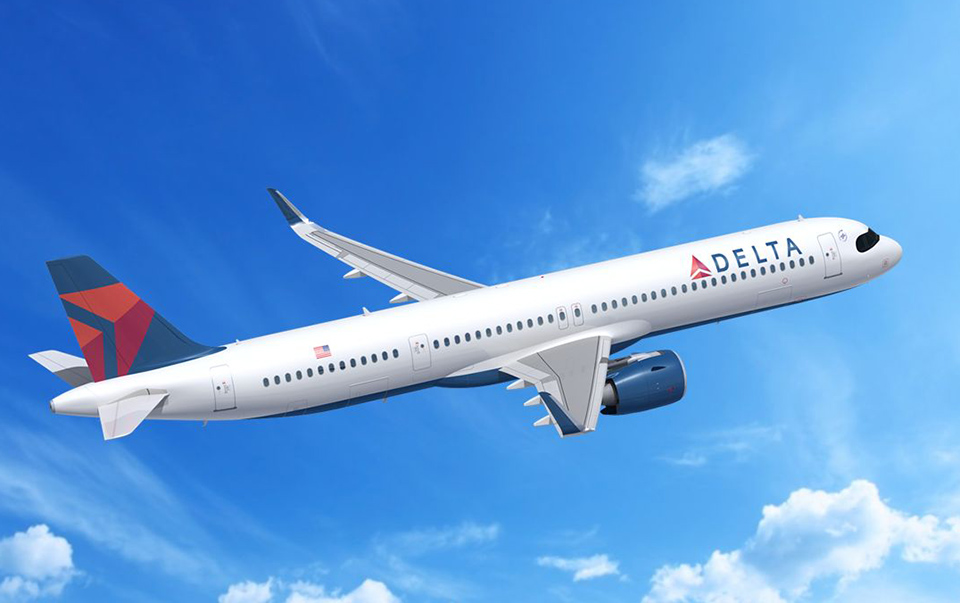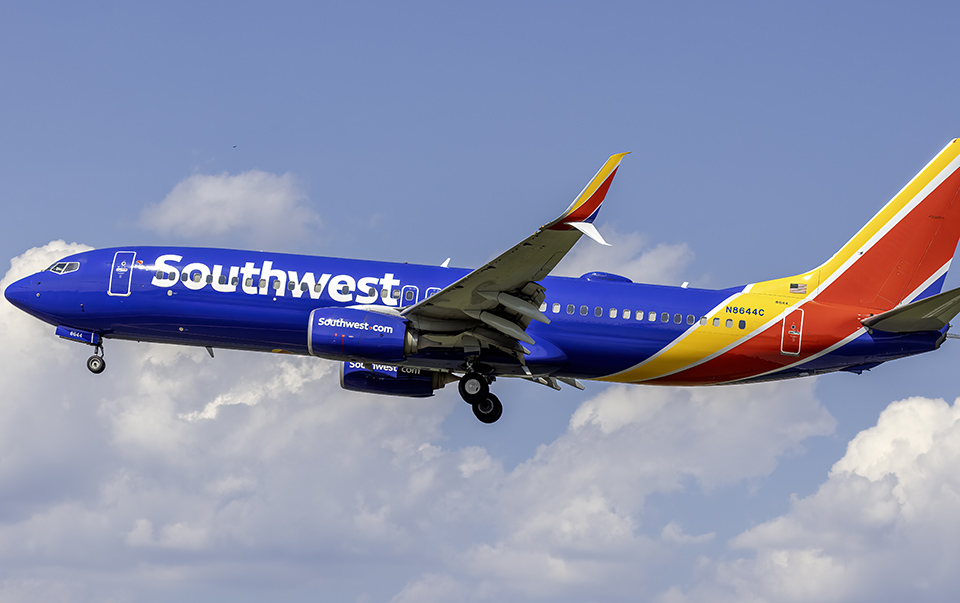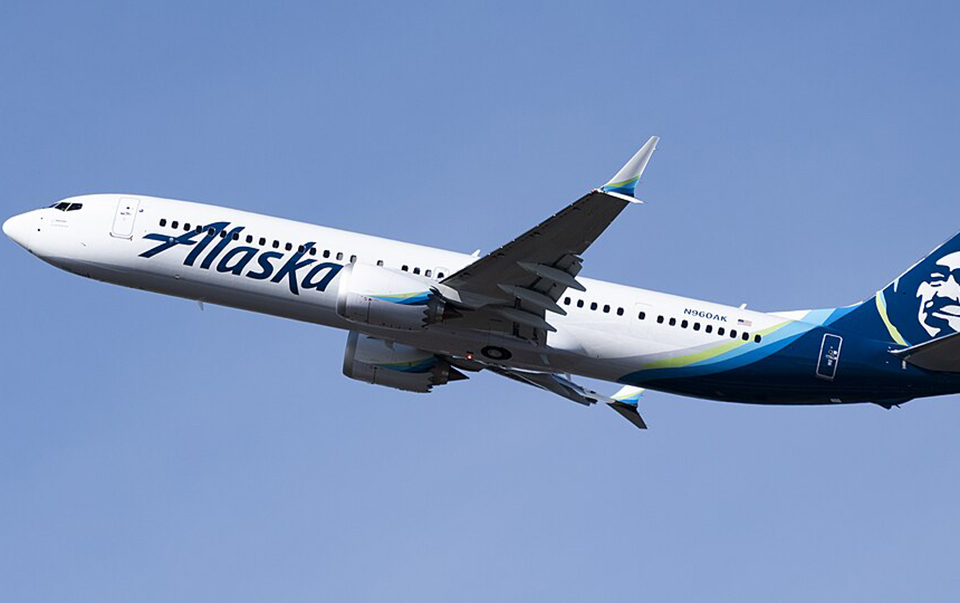When I first planned my trip from Columbus, Ohio, to San Francisco, California, I had two conflicting thoughts in my mind:
- This is going to be amazing — the Golden Gate Bridge, Fisherman’s Wharf, the smell of sourdough bread, the morning fog rolling in from the bay.
- This might hurt my wallet — because cross-country flights aren’t exactly known for being cheap.
I’ve learned that there’s always a way to stretch your budget without cutting corners on comfort. What follows is my full account — including my actual flight experience, the four other options I considered, insider booking hacks, and airport tips — all designed to help you get to San Francisco without breaking the bank.
My Flight Experience: Delta Air Lines, Flight DL 2557 (Economy Comfort+)
For this trip, I booked Delta Air Lines Flight DL 2557, departing John Glenn Columbus International Airport (CMH) at 6:05 AM with a quick layover in Minneapolis–Saint Paul International Airport (MSP), before arriving in San Francisco International Airport (SFO) at 11:25 AM local time.
I chose Delta for two reasons: their consistent service and their Economy Comfort+ seats — the sweet spot between basic economy and business class.
Booking Details
- Booking platform: Delta.com directly (because I had SkyMiles and wanted the flexibility to change my flight if needed).
- Ticket type: Round trip, Economy Comfort+.
- Cost: $478 total (I applied $120 worth of SkyMiles, bringing my cash cost down to $358).
- Booking date: Six weeks before departure (I usually find the sweet spot for domestic flights is 6–8 weeks out).
- Perks included: Early boarding, extra legroom (34 inches vs. 31 in standard economy), and complimentary alcoholic beverages.
Pre-Flight and Airport Experience
I always recommend arriving at least 90 minutes early for domestic flights, especially if you plan to check a bag. CMH is small enough that security rarely takes more than 20 minutes, but at peak travel times (Friday mornings, Sunday evenings) it can double.
The check-in staff were friendly, the baggage drop took under five minutes, and TSA PreCheck saved me from having to remove my laptop and shoes — worth every penny of the $78 for a five-year membership.
The Flight Itself
- Legroom & Comfort: Comfort+ gave me just enough space to cross my legs without contorting like a pretzel. The seat recline was slightly deeper than regular economy, which made a noticeable difference on a 5+ hour trip.
- Service: The Minneapolis crew was cheerful without being intrusive. I received a warm towel before meal service — a nice touch you don’t usually get in economy.
- Food & Drink: Complimentary snacks (almonds, Biscoff cookies) and a surprisingly good turkey sandwich for purchase ($10). Red wine was free in Comfort+, and I took full advantage.
- Entertainment: Each seat had a personal screen with a solid selection of movies, shows, and live TV. I watched Top Gun: Maverick while sipping my wine and watching the Rockies pass beneath us.
Layover in Minneapolis
MSP is one of my favorite layover airports. It’s clean, bright, and has great dining options — I grabbed a latte from Caribou Coffee and a breakfast sandwich from French Meadow Bakery & Café before boarding my second leg.
Arrival in San Francisco
We touched down slightly ahead of schedule. SFO’s arrivals process was smooth, though I did have to wait 18 minutes for my checked bag (not terrible for a busy airport). From there, I took BART (Bay Area Rapid Transit) from the airport straight into the city — about $10.20 and 35 minutes to downtown.
Four Other Recommended Flight Options to San Francisco
While Delta worked perfectly for me, I spent hours comparing other options before booking. Here are four other flights I seriously considered:
1. United Airlines – Direct from CMH to SFO
- Why Consider It: United occasionally offers seasonal non-stop flights from Columbus to San Francisco. These save 2–3 hours of travel time.
- Typical Price: $410–$550 round trip.
- Perks: MileagePlus program, solid in-flight Wi-Fi, direct service avoids layovers.
- Drawbacks: Non-stops aren’t always available year-round, and prices spike during peak summer travel.
2. Southwest Airlines – CMH to OAK (Oakland International)
- Why Consider It: Southwest often offers the best value if you’re flexible — plus two free checked bags.
- Typical Price: $350–$420 round trip.
- Perks: No change fees, friendly service, open seating.
- Drawbacks: Oakland is across the bay from San Francisco; you’ll need a 40–50 minute BART ride into the city.
3. American Airlines – CMH to SFO via Dallas/Fort Worth
- Why Consider It: Often has competitive pricing with decent connection times.
- Typical Price: $370–$500 round trip.
- Perks: Admirals Club day passes available for long layovers, good inflight entertainment.
- Drawbacks: Dallas layovers can be hectic; on-time performance varies.
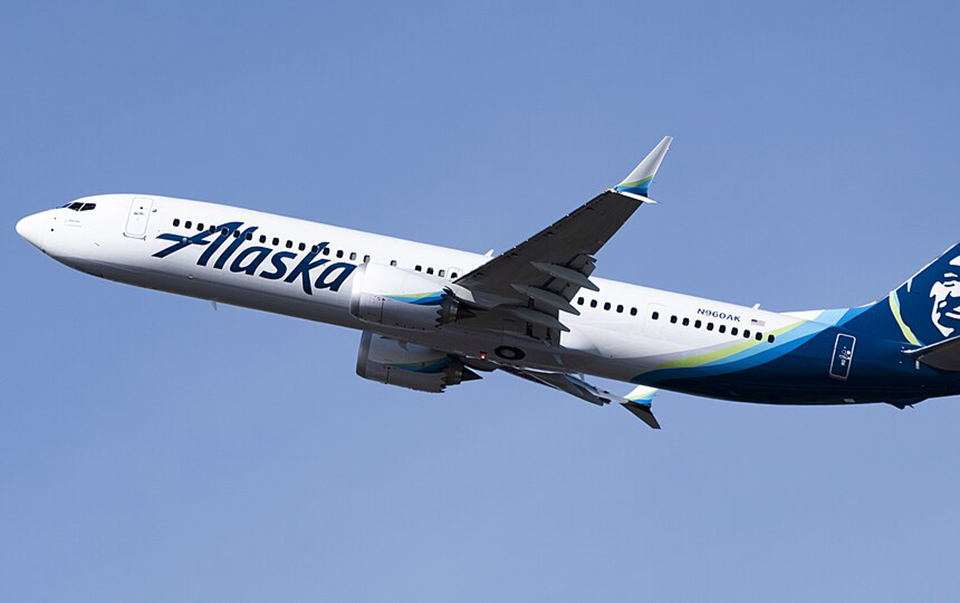
4. Alaska Airlines – CMH to SFO via Seattle
- Why Consider It: Alaska has excellent customer satisfaction ratings and often competitive fares to the West Coast.
- Typical Price: $380–$460 round trip.
- Perks: Friendly crews, free texting onboard, partnership with Oneworld Alliance.
- Drawbacks: Longer total travel time due to northern routing.
Insider Booking Hacks for Budget Travelers
Here’s how I consistently find affordable fares without sacrificing too much comfort:
- Book 6–8 weeks out for domestic U.S. flights — the “Goldilocks zone” for price and availability.
- Use Google Flights and set alerts — I track prices for 2–3 weeks before committing.
- Be flexible with dates and airports — flying Tuesday or Wednesday can save $50–$100; consider Oakland (OAK) or San Jose (SJC) as alternatives to SFO.
- Stack rewards — I booked through Delta.com but paid with my Chase Sapphire Preferred, earning 2x points, plus SkyMiles.
- Clear your cookies or search in incognito mode — to avoid dynamic pricing spikes.
Nearby Airports to San Francisco and When to Use Them
When planning your trip to the Bay Area, most travelers automatically search for flights into San Francisco International Airport (SFO) — and for good reason. But if you’re open to alternatives, the surrounding region offers two other viable airports: Oakland International Airport (OAK) and San Jose International Airport (SJC). Each has its own advantages, quirks, and transport options that can influence your budget and overall travel experience. Here’s my breakdown:
1. San Francisco International Airport (SFO)
- Distance to Downtown SF: About 13 miles south; typically a 20–30 minute drive without traffic.
- Public Transit: Direct BART connection from the International Terminal to downtown in 30–35 minutes (around $10.20).
- Best For: Travelers who value convenience above all else, have hotel reservations in San Francisco proper, or plan to start sightseeing right away.
- Airlines & Routes: Almost every major U.S. airline serves SFO, plus extensive international options. Great for direct flights from major cities like Columbus, Chicago, New York, or Atlanta.
- Perks:
- Modern terminals with solid dining options (try Yankee Pier for local seafood before boarding).
- Smooth connection to public transit — no shuttle buses needed to reach BART.
- Plenty of rideshare pickup zones.
- Potential Downsides:
- Can get fogged in during summer mornings, sometimes causing delays.
- Heavier passenger traffic means longer security lines at peak hours.
Insider Tip: If you’re arriving during rush hour and want to avoid expensive rideshare surge pricing, hop on BART and get off at a station closer to your hotel. From there, take a short walk or a cheaper local taxi.
2. Oakland International Airport (OAK)
- Distance to Downtown SF: About 20 miles east; roughly 35–45 minutes by car, depending on Bay Bridge traffic.
- Public Transit: BART connection via the Oakland Airport Connector (an automated shuttle) to the Coliseum Station, then transfer to a San Francisco-bound train. Total travel time is about 45–50 minutes, fare around $11–$12.
- Best For: Budget-conscious travelers, East Bay stays (Berkeley, Oakland, Alameda), or those who find cheaper fares on Southwest, Spirit, or Alaska Airlines.
- Airlines & Routes: Southwest dominates here, with frequent low-cost flights. Alaska Airlines also runs competitive West Coast routes.
- Perks:
- Often significantly cheaper than SFO for domestic flights.
- Smaller airport = shorter security lines and less walking between gates.
- Less prone to fog-related delays compared to SFO.
- Potential Downsides:
- Slightly more effort to reach downtown San Francisco.
- Fewer full-service dining and shopping options in terminals compared to SFO.
Insider Tip: If your trip includes time in Berkeley or Oakland, fly into OAK — it’s faster and cheaper than routing through SFO, and you’ll skip the Bay Bridge traffic entirely.
3. San Jose International Airport (SJC)
- Distance to Downtown SF: About 45 miles south; 50–70 minutes by car, depending on traffic.
- Public Transit: No direct BART line (yet), but you can take the VTA light rail or Caltrain into the city. Expect 90+ minutes total travel time using public transport.
- Best For: Travelers visiting Silicon Valley (San Jose, Palo Alto, Mountain View), those finding a significantly cheaper fare, or anyone wanting to avoid SFO crowds.
- Airlines & Routes: Alaska, Southwest, and Delta have a strong presence here, with good domestic connections and some international service.
- Perks:
- Compact and efficient airport with friendly staff.
- Often less busy than SFO, making security and baggage claim faster.
- Reliable weather means fewer weather-related delays.
- Potential Downsides:
- Farther from San Francisco; not ideal if your itinerary is centered on the city.
- Limited direct international options compared to SFO.
Insider Tip: If you’re traveling during major tech conferences in San Francisco (like Dreamforce or WWDC), SJC fares sometimes stay lower while SFO prices skyrocket. If you don’t mind the commute, it can save $100–$150.

My Personal Airport Strategy for the Bay Area
- If my trip is short and focused on San Francisco: SFO every time.
- If I’m staying with friends in Oakland or Berkeley: OAK — the convenience is unbeatable.
- If I’m heading to Silicon Valley or booking during a fare surge at SFO: SJC — I’ll take the calmer airport experience any day.
Flying from Columbus to San Francisco doesn’t have to drain your travel budget. With a bit of research, flexible planning, and the right tools, you can score a great deal — and maybe even upgrade your comfort level.
My Delta Comfort+ seat turned what could have been a cramped cross-country haul into a relaxed, almost luxurious experience, and I arrived in San Francisco ready to explore instead of collapse.
The key takeaway? Don’t just click the first fare you see. Compare, plan, and remember that the extra 30 minutes spent researching could save you enough for a fresh crab lunch at Fisherman’s Wharf or a ticket to Alcatraz.
